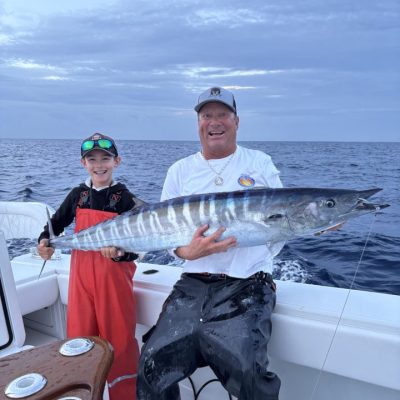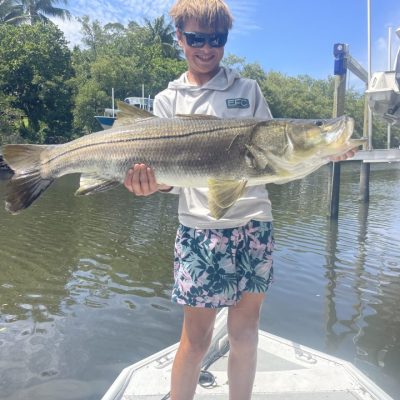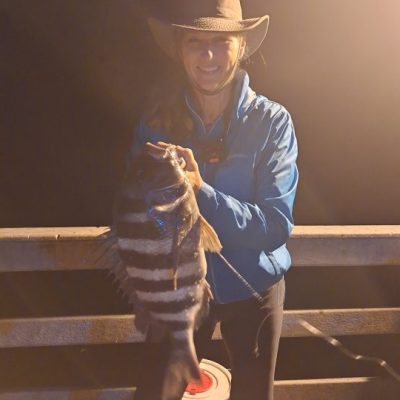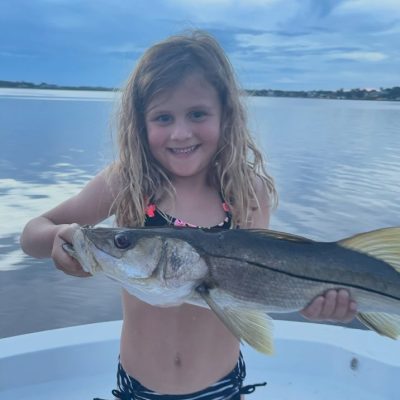Conservation
Environmental and waterway news.
Latest in Conservation

A call to action to protect our waterways and our economy
We’re all frustrated with the continued discharges to our already troubled waterways, and we need to continue to push our state and federal officials to find a solution… and fast. But, we can’t turn our backs on local businesses while we fight. The Economic Council will continue to stand up for all businesses in Martin County – large and small—that are being adversely affected.
Don’t cut the line! Reel. Remove. Release.
It’s a beautiful day and the fishing is good. Suddenly, the line snags on something as the cast is made. …
Ocean Ownership
Ocean Ownership By Tom Warnke We all agree that public access to the world’s oceans is worth protecting. But who …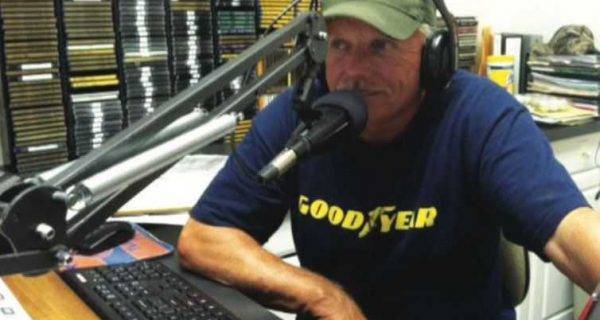
The State of Lake Okeechobee
The one thing that sets Lake Okeechobee apart from all of the truly great bass fishing lakes across the country …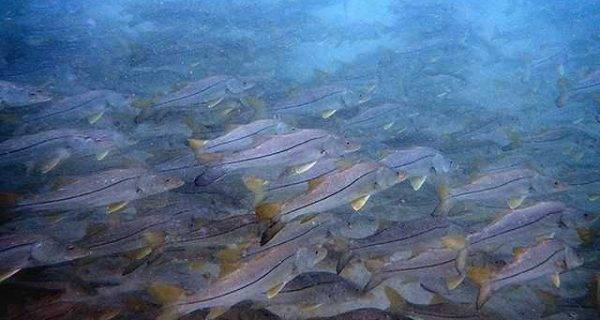
Gender Gyration in the Fish World
Gender swapping in fish is more than just a biological curiosity – it has huge implications when it comes to fisheries management. Minimum size limits and slot limits are frequently based on gender changes that occur as fish grow.

